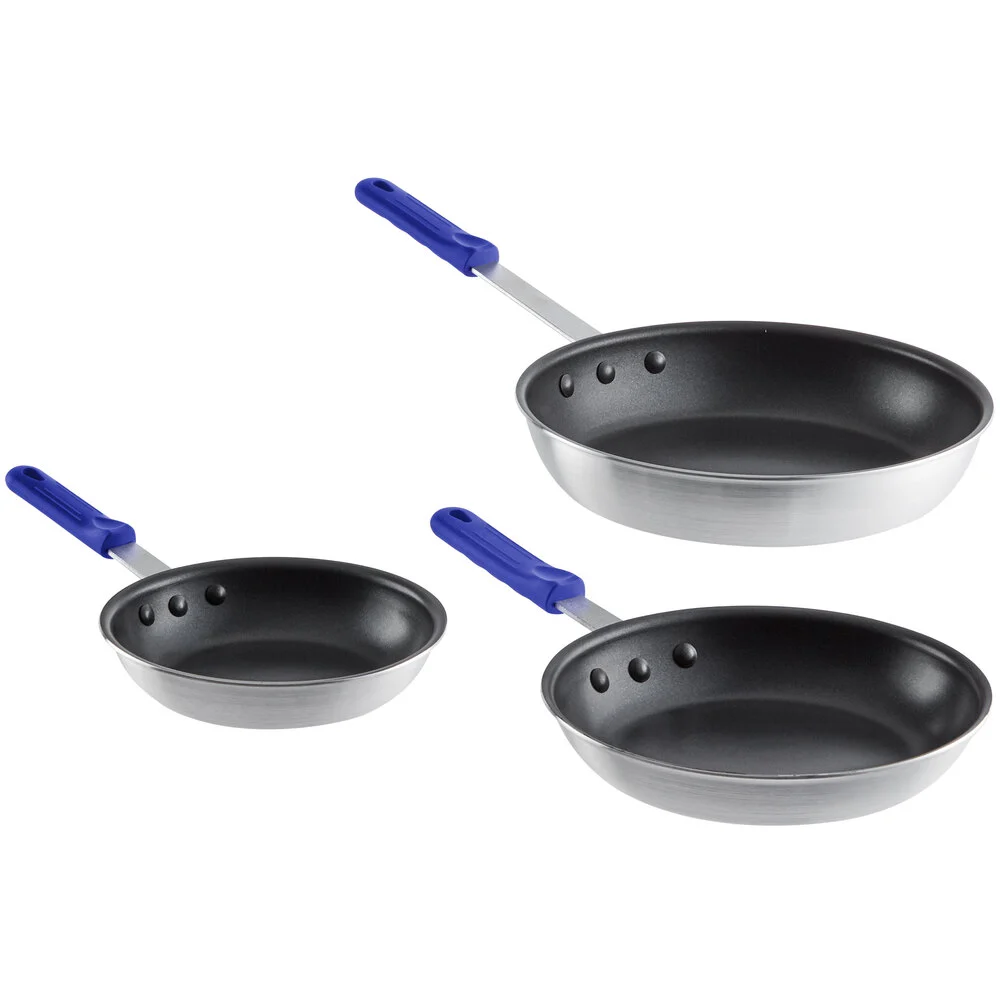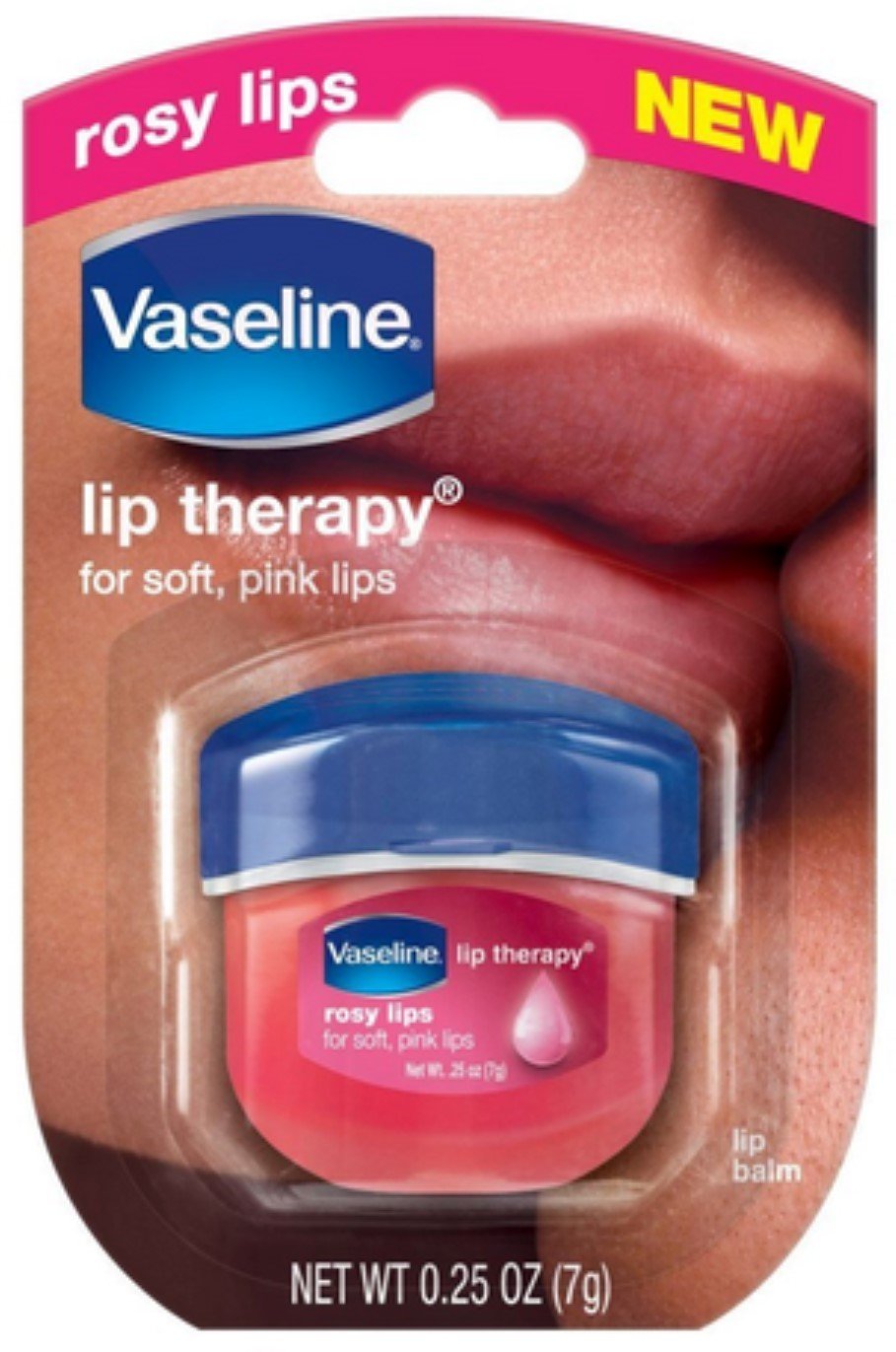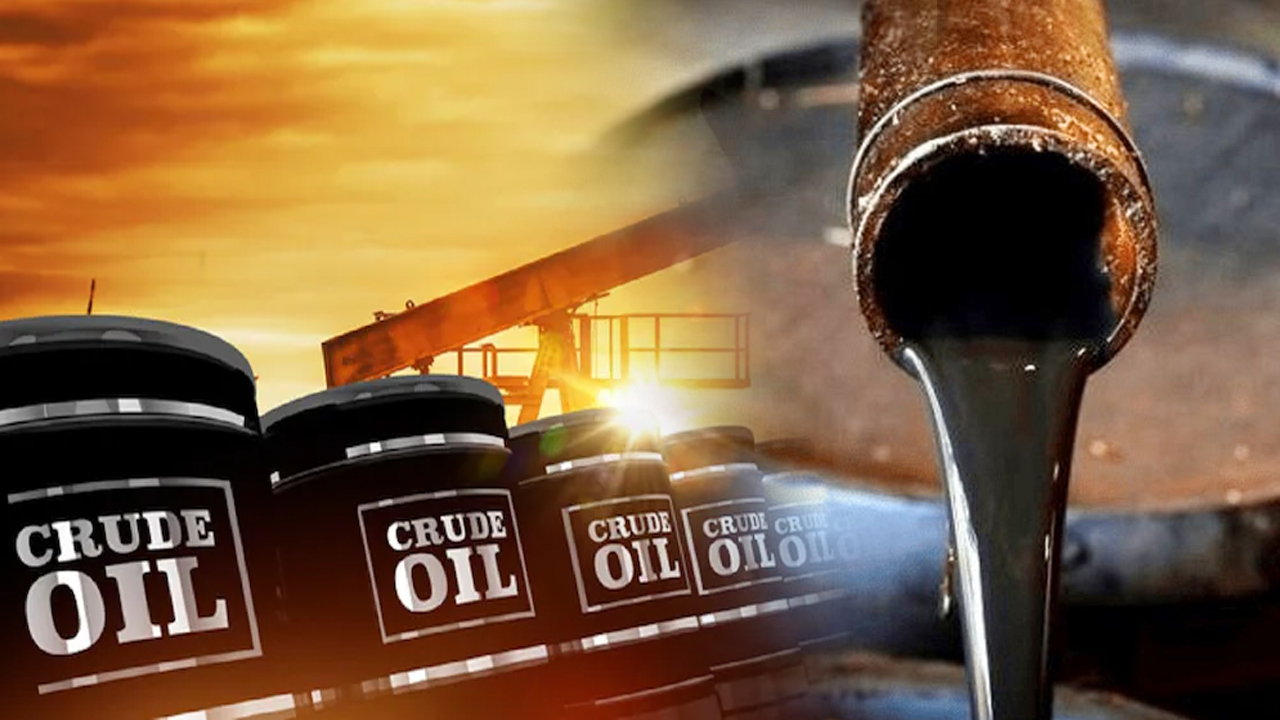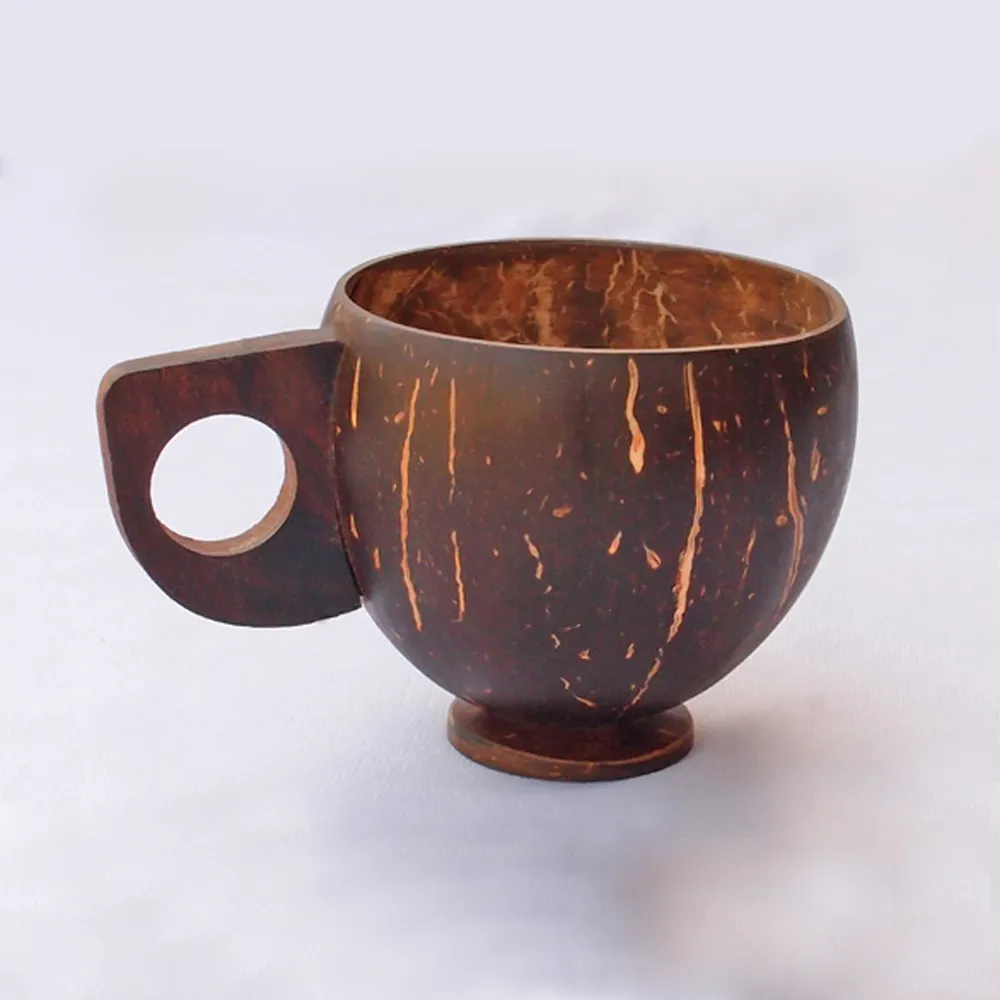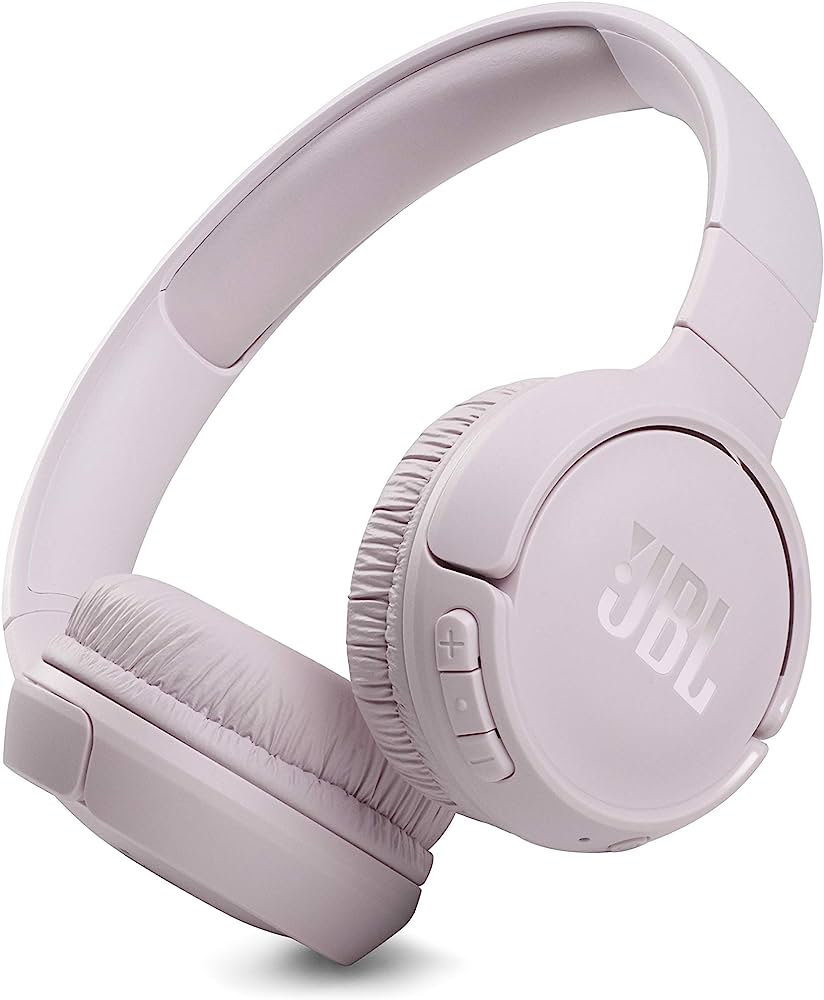Non-stick frying pans are a staple in most kitchens, and for good reason. They make cooking a breeze and are easy to clean. However, the price of non-stick frying pans can vary greatly depending on several factors.
In this article, we will explore the different factors that affect the price of non-stick frying pans. From the type of non-stick coating to the brand and size of the pan, we will cover it all. So, whether you’re in the market for a new non-stick frying pan or just curious about the factors that affect their price, keep reading to find out more.
Price of Non-Stick Frying Pans
Non-stick pans come in different designs and feature sets that cater to different cooking needs. Non-stick pans are usually made of aluminium, which is a good heat conductor. High-quality pans are made with hard-anodized aluminium, which is more durable than regular aluminium.
Non-stick coating: Non-stick pans come with different types of non-stick coatings, including PTFE, ceramic, diamond, and titanium. Each type of coating has its advantages and disadvantages, and they affect the price of the pan.
Non-stick pans come in different designs, including their handles, size, and shape. Some pans have comfortable handles that are easy to grip and stay cool during cooking, while others have lids that help to retain heat and moisture. The size and shape of the pan also vary, with some pans being round, square, or rectangular.
A non-stick pan that distributes heat evenly across the cooking surface will not only keep your food from scorching but also last longer. Non-stick coating breaks down faster at high temperatures.
High-quality non-stick pans are scratch-resistant, which means that they can withstand the use of metal utensils without damaging the non-stick coating.
Non-stick pans are easy to clean since food doesn’t stick to the surface. Some pans are dishwasher safe, while others require hand washing.
Factors Affecting the Price of Non-Stick Frying Pans
The price of non-stick frying pans can vary depending on several factors. Here are some of the factors affecting the price of non-stick frying pans:
Brand: The brand of the non-stick frying pan can affect its price. High-end brands like All-Clad and Made Intend are more expensive than budget brands like Farberware and Ninja.
Quality: The quality of the non-stick frying pan can also affect its price. Higher-quality pans tend to be more expensive than lower-quality pans.
Size: The size of the non-stick frying pan can also affect its price. Larger pans tend to be more expensive than smaller pans.
Material: The material used to make the non-stick frying pan can also affect its price. Pans made with high-quality materials like hard-anodized aluminium tend to be more expensive than those made with lower-quality materials.
Features: The features of the non-stick frying pan can also affect its price. Pans with additional features like comfortable handles, lids, and even heat distribution tend to be more expensive than those without these features.
Intended use: The intended use of the non-stick frying pan can also affect its price. Pans designed for commercial use tend to be more expensive than those designed for home use.
Current Price of Non-Stick Frying Pans
The average price of a non-stick frying pan is GHC 180 or GHC 200 depending on the type, brand, quality, style, features and some of the factors listed above.
However, you can buy non-stick frying pans as low as GHC 60 and as high as GHC 500. 3 set non-stick frying pans are sold between GHC 170 and GHC 400 depending on brand, type, seller and location. Double-sided non-stick frying pans are also sold at GHC 250 and above depending on brand, seller and location.
Recommended Resources:
In conclusion, non-stick frying pans are a popular choice for many home cooks due to their ease of use and cleaning. However, the price of non-stick frying pans can vary greatly depending on several factors, including the type of non-stick coating, brand, size, and quality. While some non-stick pans may be more expensive than others, it’s important to note that no non-stick pan will last more than a few years.
Additionally, it’s important to consider the features of non-stick pans, such as their durability, material, design, heat distribution, scratch resistance, and ease of cleaning. By choosing the right non-stick pan for your cooking needs and taking proper care of it, you can enjoy the benefits of non-stick cooking for years to come.
